The American landscape has dramatically transformed since European settlement, with many native species pushed to the brink of extinction or beyond. However, in recent decades, a movement has emerged to repair these ecological wounds through rewilding—the restoration of ecosystems through the reintroduction of wildlife, particularly keystone species that shape their environments.
These ambitious efforts represent a paradigm shift in conservation, moving beyond simply preserving what remains to actively restoring what was lost. From wolves in Yellowstone to bison on the prairies, these rewilding projects are rewriting America’s ecological story, creating dynamic ecosystems that more closely resemble those that existed before widespread human development.
This article explores the most significant rewilding initiatives in U.S. history, their challenges, successes, and lasting impact on America’s wild places and the species that inhabit them.
Yellowstone Wolf Reintroduction: Transforming an Ecosystem
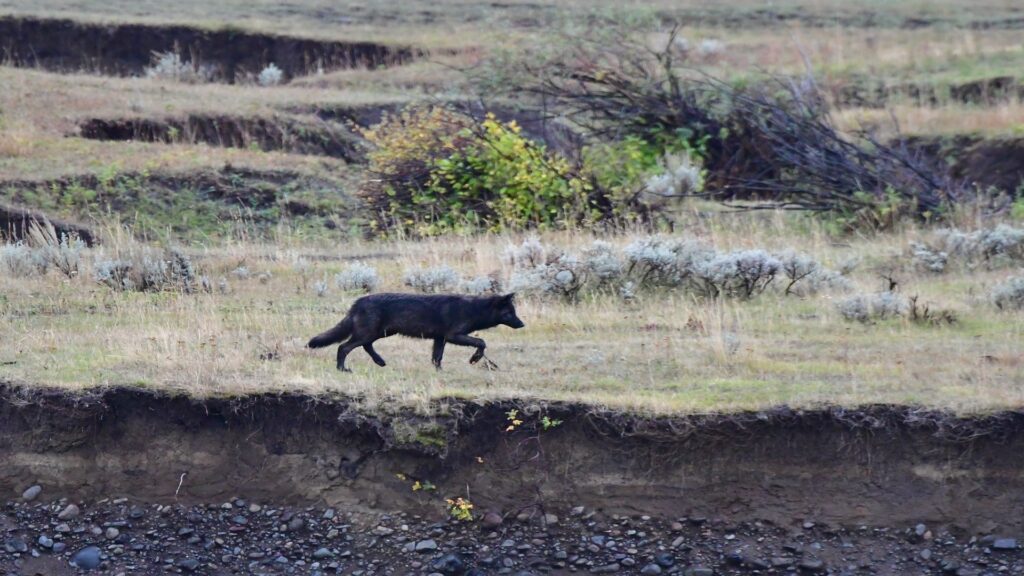
Perhaps no rewilding effort has been more iconic or influential than the reintroduction of gray wolves to Yellowstone National Park in 1995. After being extirpated from the region in the early 20th century through government-sponsored predator control programs, 41 wolves from Canada were released into the park over a two-year period. The ecological effects were profound and far-reaching, triggering what scientists call a “trophic cascade”—a series of changes rippling through the ecosystem.
Elk populations, which had exploded in the wolves’ absence, began to shift their behavior, avoiding certain areas and allowing riverside vegetation to recover. This vegetation stabilized riverbanks, reducing erosion and creating habitat for beavers, songbirds, and other wildlife. The Yellowstone wolf project has become a textbook example of how a single species can transform an entire ecosystem, inspiring similar efforts worldwide.
The American Prairie Reserve: Recreating a Lost Ecosystem
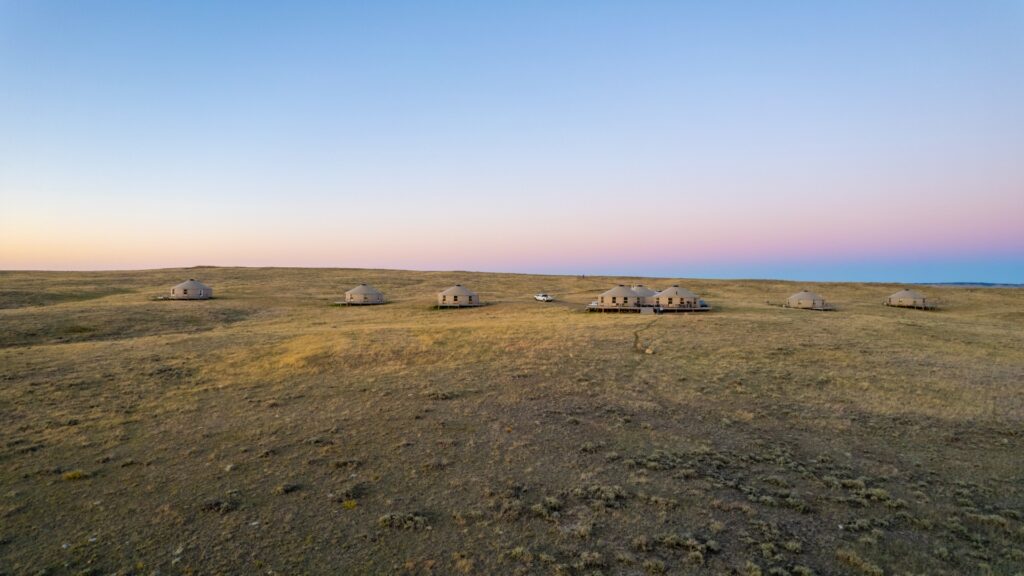
In the heart of Montana, a bold vision is taking shape: the American Prairie Reserve aims to create the largest wildlife reserve in the continental United States, spanning over 3.5 million acres when complete. This ambitious private conservation initiative is working to reassemble the Northern Great Plains ecosystem by purchasing ranches, removing fences, and reintroducing native species like bison. Once covering vast swaths of North America, less than 1% of the original prairie ecosystem remains intact today.
The reserve currently supports growing herds of bison—North America’s largest land mammal—which shape the landscape through their grazing patterns, creating habitat diversity crucial for prairie species. Unlike many government-led conservation efforts, this project relies heavily on private funding and voluntary land acquisition, representing a novel approach to large-scale ecosystem restoration in the modern era.
California Condor Recovery Program: Saving a Species on the Edge
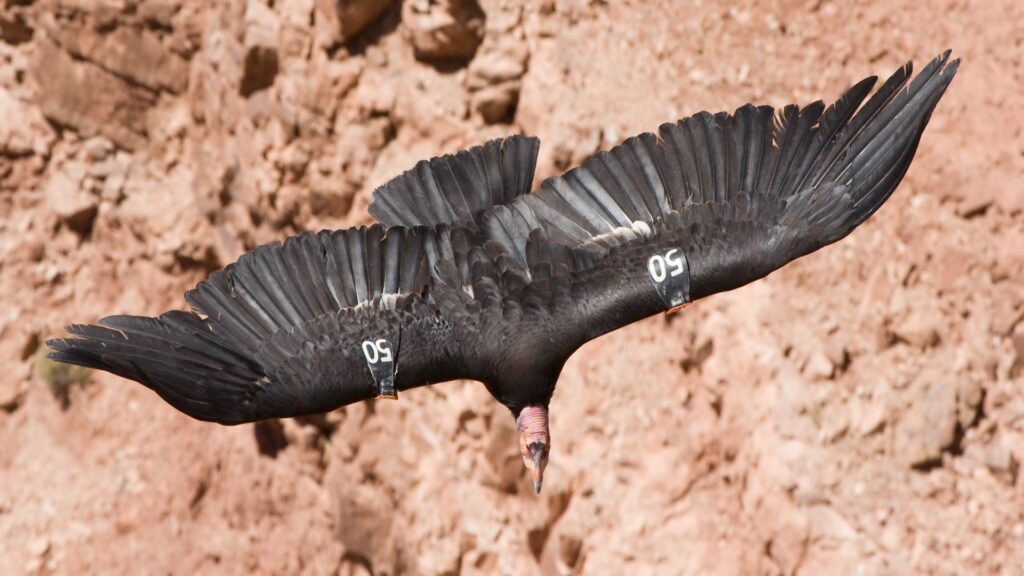
The California condor, North America’s largest flying bird with a wingspan approaching 10 feet, was perilously close to extinction by 1982, with only 22 individuals remaining in the wild. In a desperate bid to save the species, all remaining condors were captured for a captive breeding program—a controversial decision that meant temporarily removing the species entirely from the wild. The gamble paid off as successful breeding in captivity allowed for releases back into California skies beginning in 1992.
Today, over 300 condors soar above California, Arizona, Utah, and Baja California, Mexico, representing one of the most intensive and successful species recovery efforts in U.S. history. The program continues to face challenges, particularly lead poisoning from ammunition fragments in carrion the birds consume, but innovative approaches, including hunter education programs and lead ammunition restrictions, are helping address these threats.
Bison Restoration on Tribal Lands: Cultural and Ecological Renewal
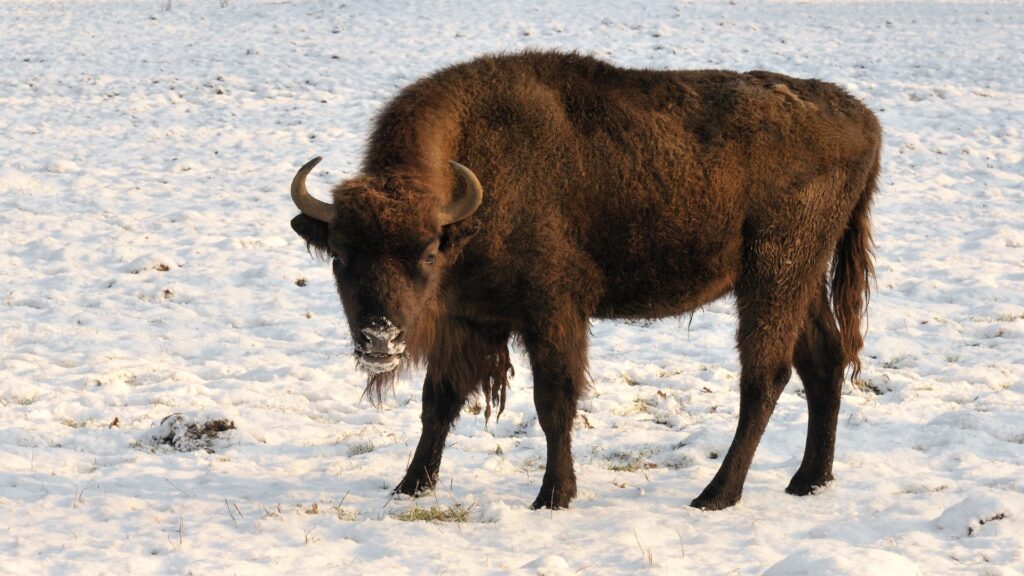
For many Native American tribes, bison restoration represents both ecological and cultural healing. The InterTribal Buffalo Council, formed in 1992, has helped reintroduce bison to more than 20 million acres of tribal lands across 19 states. For tribes like the Blackfeet in Montana and the Lakota in South Dakota, these animals are central to traditional ways of life that were disrupted with the near-extinction of bison in the 19th century. Beyond cultural significance, bison serve as ecosystem engineers, creating habitat diversity through their grazing, wallowing, and movement patterns.
Their impact extends to soil health, plant diversity, and even bird populations that benefit from the mosaic of habitats created by bison behavior. These tribal restoration efforts often incorporate traditional ecological knowledge alongside western scientific approaches, creating models for culturally responsive conservation that honor indigenous relationships with the land.
Florida Panther Recovery: Saving a Subspecies
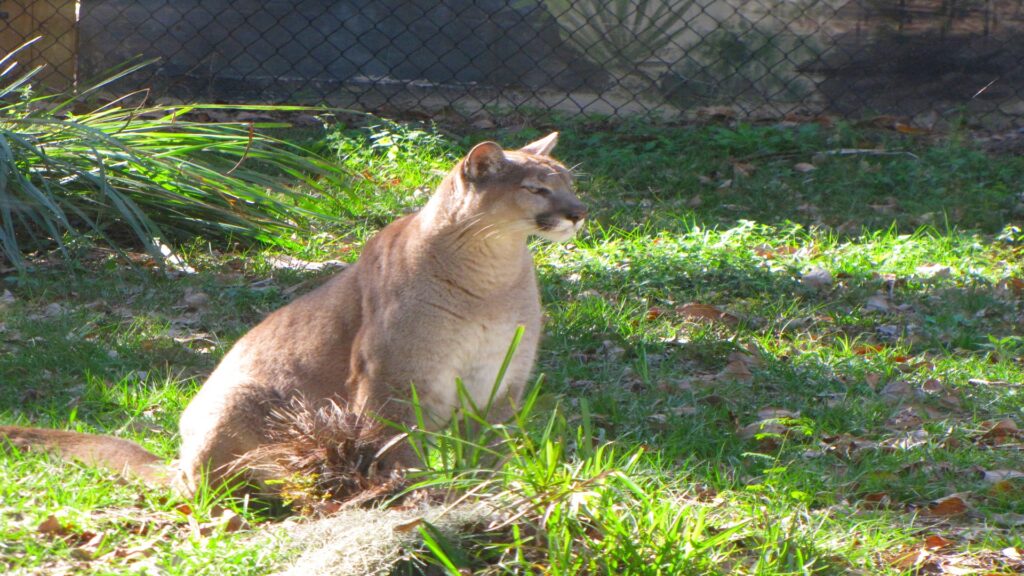
By the early 1990s, the Florida panther—a subspecies of mountain lion found only in the swamps and forests of southern Florida—had dwindled to fewer than 30 individuals suffering from inbreeding depression. In a bold genetic rescue attempt, eight female Texas pumas (the closest genetic relatives to Florida panthers) were released into Florida panther habitat in 1995 to introduce fresh genes into the population. The intervention worked remarkably well, with the population rebounding to an estimated 120-230 panthers today—still endangered but significantly more robust.
The recovery effort involves a complex network of protected areas, wildlife crossings under highways to reduce vehicle strikes, and collaboration with private landowners to maintain habitat connectivity. As top predators, the panthers help regulate deer and feral hog populations, maintaining ecological balance in Florida’s unique ecosystems.
Beaver Reintroduction Projects: Nature’s Engineers Return
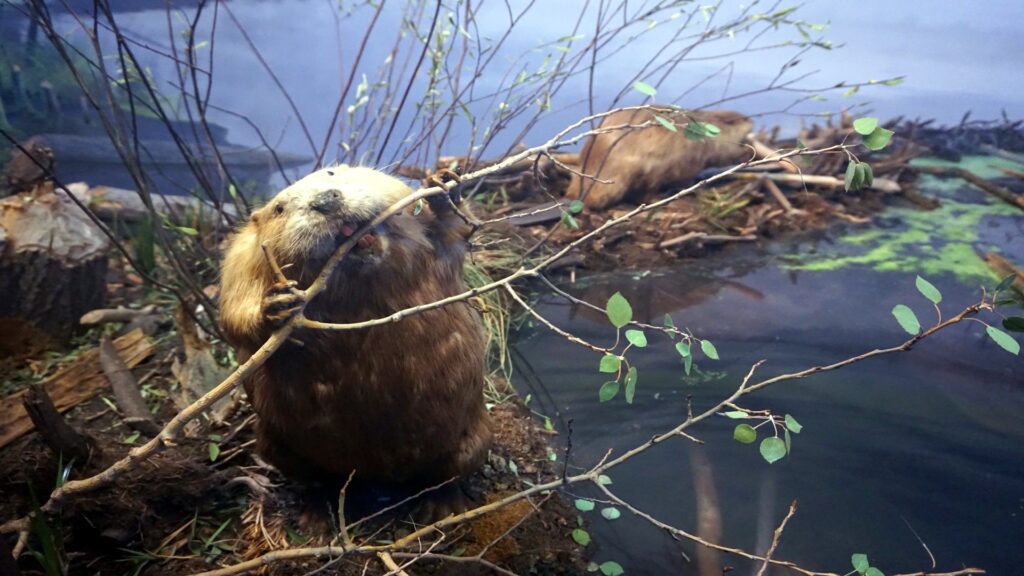
Once trapped to near extinction for their valuable pelts, beavers are now being actively reintroduced across the American landscape as a cost-effective method of stream restoration and climate resilience. Organizations like the Methow Beaver Project in Washington State capture “nuisance” beavers from areas where they conflict with human infrastructure and relocate them to upper watersheds where their dam-building activities are beneficial.
Beaver dams slow water flow, reduce flooding, raise water tables, create wetlands, and improve water quality—ecosystem services valued at thousands of dollars per beaver colony. Their ponds create habitat for fish, amphibians, and waterfowl while helping maintain stream flow during drought conditions. In the arid West, beaver reintroductions are increasingly recognized as a nature-based solution to water security challenges exacerbated by climate change.
Olympia Oyster Restoration: Rebuilding Coastal Ecosystems
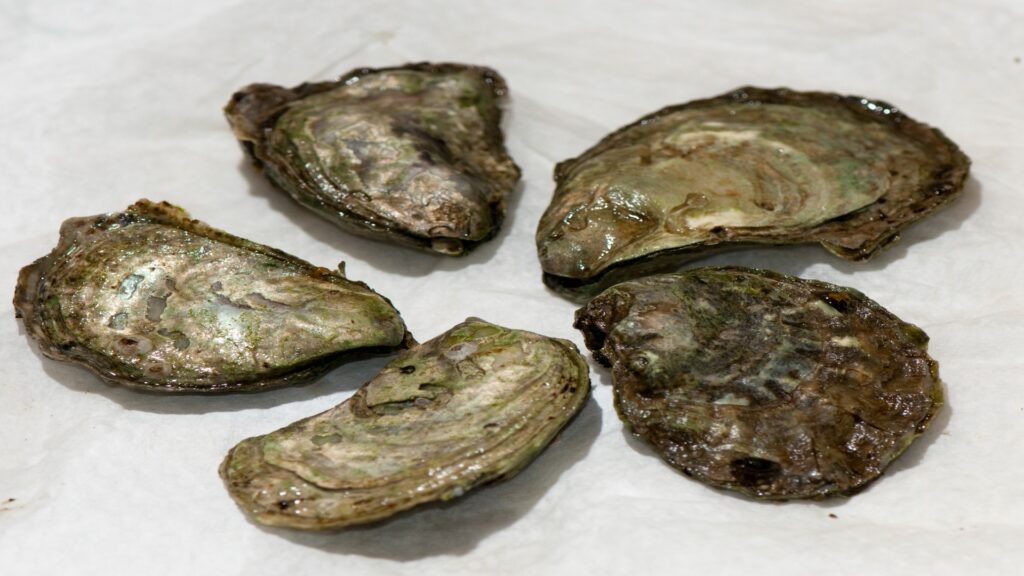
The West Coast’s only native oyster, the Olympia oyster, once formed extensive reefs throughout estuaries from British Columbia to Baja California before being decimated by overharvesting, pollution, and habitat destruction. Since the early 2000s, coordinated restoration efforts have worked to reestablish these ecosystem engineers in their native range. Unlike many terrestrial rewilding efforts focused on charismatic megafauna, oyster restoration highlights the ecological importance of seemingly humble filter feeders.
A single oyster can filter up to 50 gallons of water daily, removing excess nutrients and improving water clarity, while oyster reefs provide crucial habitat for juvenile fish, crabs, and other marine life. Projects in Washington’s Puget Sound, San Francisco Bay, and other West Coast estuaries have reestablished millions of oysters, demonstrating the potential for rewilding in marine environments.
Rio Grande Cutthroat Trout: Restoring Native Fish
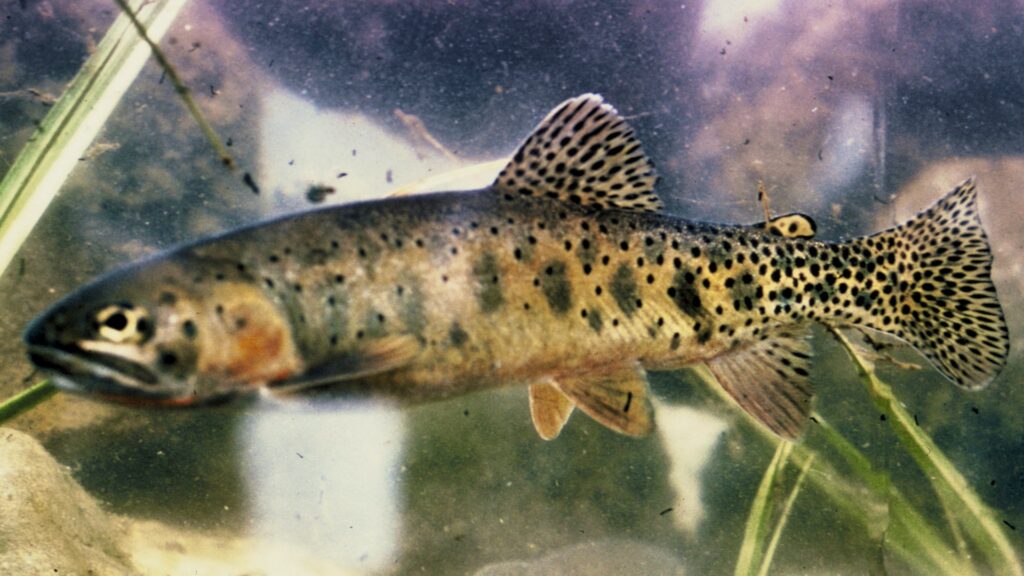
The Rio Grande cutthroat trout, New Mexico’s state fish, has lost approximately 90% of its historic habitat due to competition from introduced trout species, habitat degradation, and climate change. Ambitious restoration efforts involve removing non-native trout from stream sections, often using natural barriers to prevent reinvasion, then reintroducing genetically pure cutthroat trout raised in hatcheries or translocated from healthy wild populations. These projects frequently require temporary stream closures and significant public education efforts to explain why beloved but non-native rainbow and brown trout must be removed.
The restoration of native trout has broader ecological benefits, as these fish evolved as integral components of southwestern stream ecosystems and have co-evolutionary relationships with local aquatic insects and riparian plants. The Rio Grande cutthroat work exemplifies the challenges and rewards of restoring native species in heavily modified aquatic ecosystems.
Black-footed Ferret: Bringing Back America’s Most Endangered Mammal
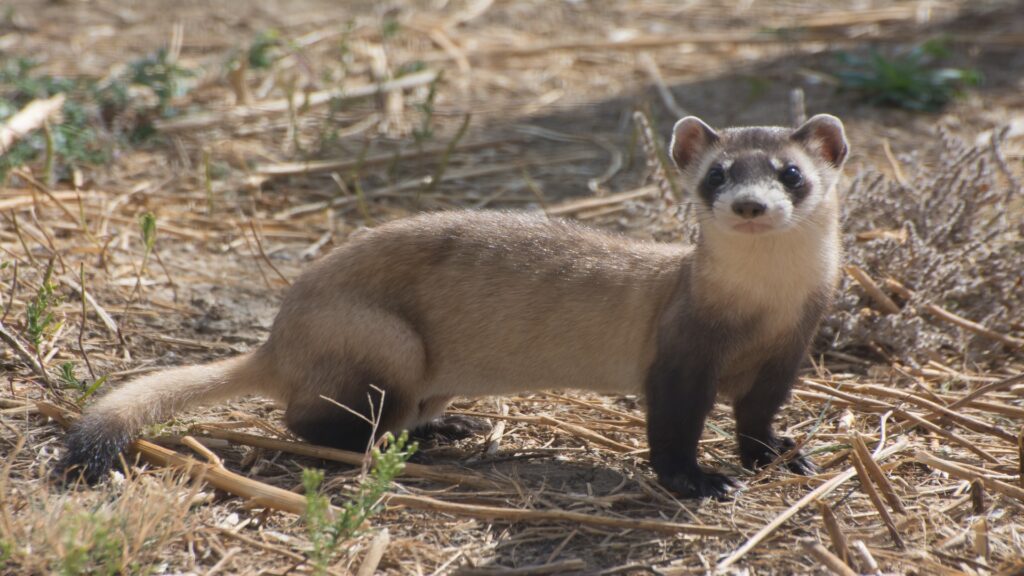
Once thought extinct, the black-footed ferret was rediscovered in 1981 when a ranch dog named Shep brought a dead specimen to his owners’ doorstep in Wyoming. This fortuitous discovery led to the capture of the last 18 wild ferrets for an emergency captive breeding program. Today, over 300 ferrets inhabit reintroduction sites across the West, though the species remains one of America’s most endangered mammals. Their recovery is inextricably linked to prairie dog conservation, as these small predators are specialists that rely almost exclusively on prairie dogs for food and use their burrows for shelter.
Ferret reintroduction thus requires healthy prairie dog colonies—keystone species that engineer grassland habitats. The program has pioneered innovative approaches, including the first successful cloning of an endangered species in 2020, when a female named Elizabeth Ann was cloned from cells preserved in 1988, adding valuable genetic diversity to the population.
Channel Islands Fox Recovery: A Rapid Conservation Success
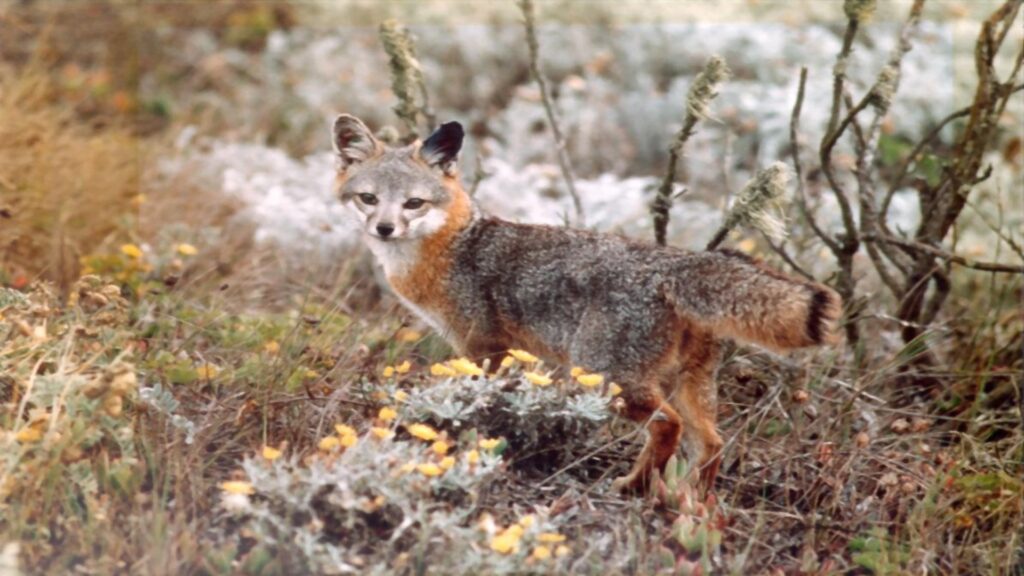
The Channel Islands fox, endemic to California’s Channel Islands, experienced a catastrophic decline in the late 1990s, with some island populations dropping from thousands to fewer than 100 individuals. The collapse was triggered by an ecological chain reaction: non-native feral pigs attracted golden eagles, which then preyed heavily on the small foxes. The recovery strategy required addressing this complex web of interactions by removing feral pigs, relocating golden eagles, reintroducing native bald eagles (which don’t typically prey on foxes), and implementing a captive breeding program for the foxes.
The comprehensive approach yielded remarkable results—all four endangered fox subspecies recovered sufficiently to be delisted by 2016, marking one of the fastest recoveries of an endangered species in U.S. history. This success story demonstrates how rewilding often requires understanding and managing complex ecological relationships rather than simply reintroducing a missing species.
Longleaf Pine Ecosystem Restoration: Rewilding an Entire Forest Type
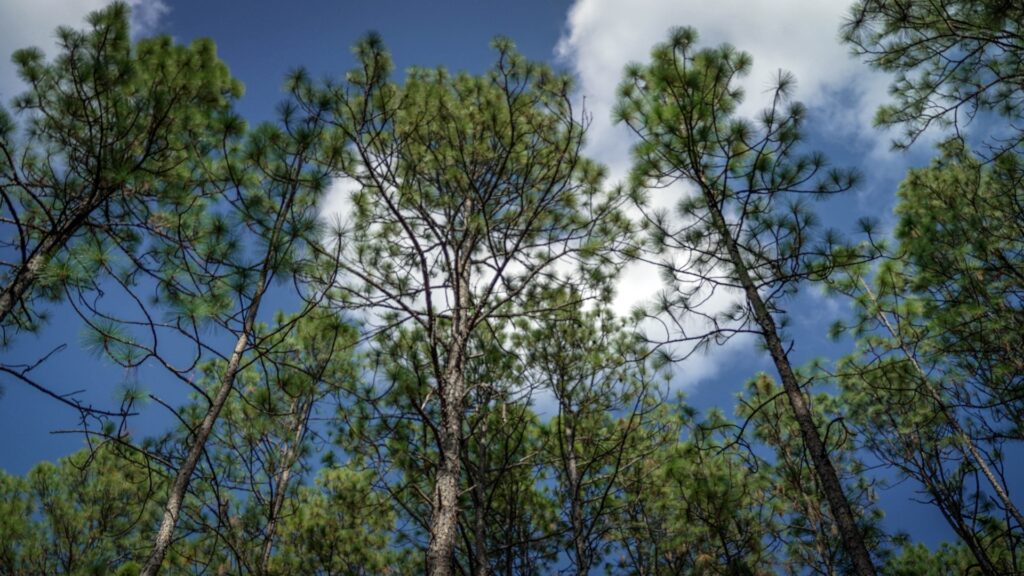
Once covering over 90 million acres across the Southeastern United States, longleaf pine forests have been reduced to less than 3% of their historic range due to logging, fire suppression, and conversion to faster-growing pine plantations. These forests represent one of North America’s most biologically diverse ecosystems, home to nearly 600 plant and animal species found nowhere else. America’s Longleaf Restoration Initiative aims to increase longleaf pine forest acreage to 8 million acres by 2025 through coordinated efforts across public and private lands.
A key component is the reintroduction of prescribed fire, as longleaf ecosystems evolved with frequent, low-intensity fires that prevent hardwood encroachment and maintain the open, park-like structure that supports exceptional biodiversity. The initiative includes reintroducing associated wildlife like the red-cockaded woodpecker and gopher tortoise—both keystone species that create habitat for numerous other creatures in these fire-dependent forests.
Mexican Gray Wolf Reintroduction: Controversy and Persistence
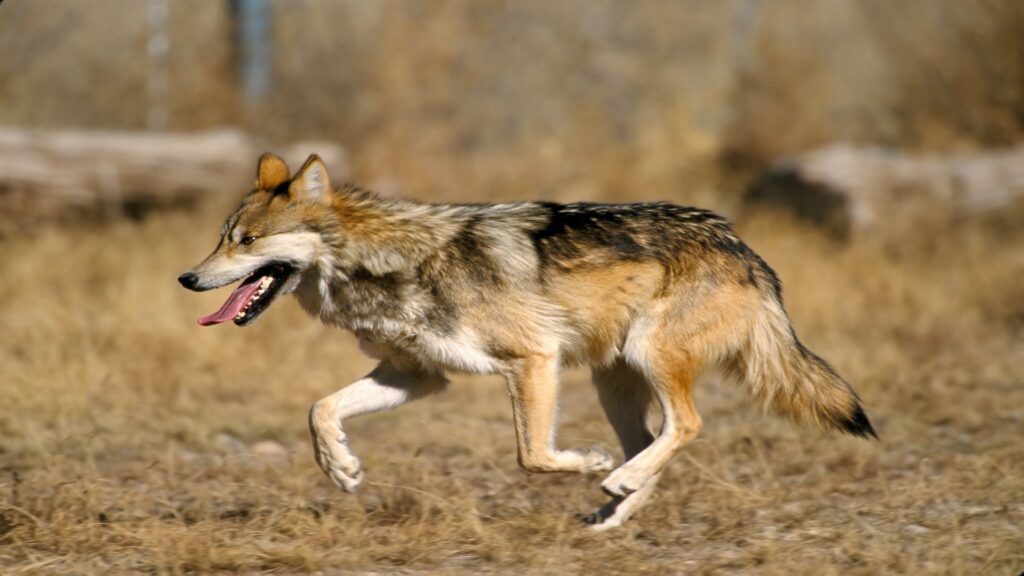
The Mexican gray wolf, the smallest and southernmost subspecies of gray wolf in North America, was extirpated from the U.S. Southwest by the 1970s. After successful captive breeding, reintroductions began in 1998 in the Blue Range of Arizona and New Mexico despite fierce opposition from some ranching interests. The program has faced continuous challenges, including illegal killings, restrictive management policies, and genetic bottlenecks from the small founding population of just seven wolves.
Despite these obstacles, the population has grown to over 200 wild wolves as of 2023, though they occupy only a fraction of their historical range. The Mexican gray wolf program highlights the social and political dimensions of rewilding, particularly for predator species in working landscapes. Innovative approaches, including range riders, livestock guardian dogs, and compensation programs for wolf-killed livestock, are helping build coexistence between this endangered predator and human communities.
Future Frontiers: From De-extinction to Pleistocene Rewilding

Looking beyond current rewilding efforts, some scientists and conservationists advocate for even more ambitious approaches that challenge conventional boundaries of restoration. Proposals range from reviving recently extinct species through genetic technologies to “Pleistocene rewilding”—introducing ecological proxies for extinct megafauna that shaped North American ecosystems for millions of years before their disappearance approximately 13,000 years ago. Companies like Revive & Restore are exploring de-extinction technologies for species like the passenger pigeon and heath hen, while others suggest introducing elephants as ecological surrogates for extinct mammoths and mastodons.
These controversial proposals raise profound questions about the goals of conservation: Are we trying to recreate the past, adapt to current conditions, or create novel ecosystems that maintain ecological functions in a changing world? Whatever direction future rewilding takes, these cutting-edge conversations are expanding our conception of what’s possible in ecological restoration.
Conclusion
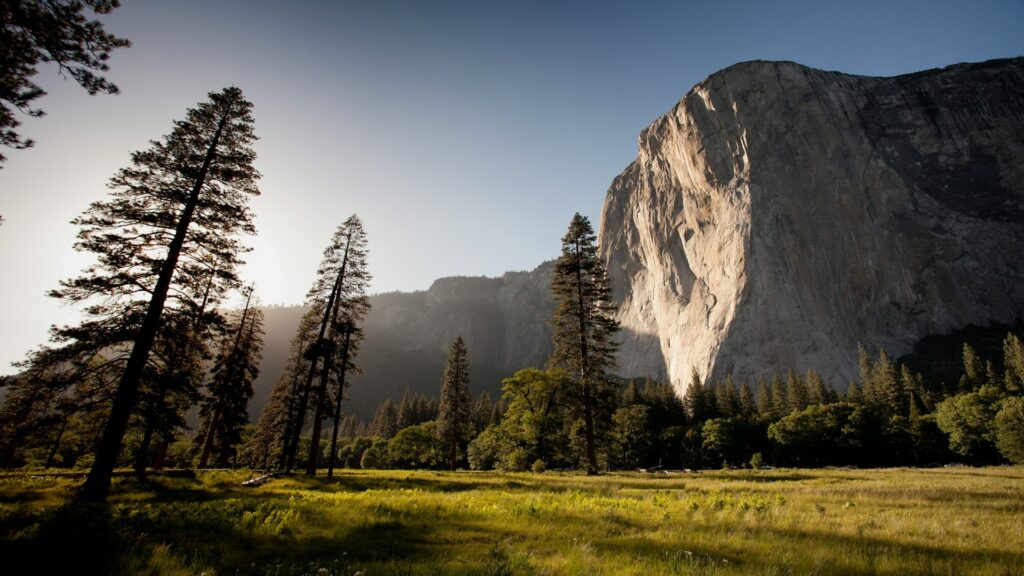
The rewilding movement represents a fundamental shift in American conservation—from preserving remnants of wilderness to actively rebuilding functioning ecosystems. These ambitious projects demonstrate that ecological recovery is possible even after severe degradation, though the path is rarely straightforward.
Success requires scientific understanding of complex ecological relationships, sustained commitment across decades, and perhaps most importantly, human willingness to share landscapes with other species. As climate change and habitat fragmentation create new challenges, rewilding offers powerful tools for building resilient ecosystems.
These projects also invite us to reimagine our relationship with the natural world, suggesting that humans can be not just destroyers but also restorers of ecological integrity. By returning missing species to their rightful places, we aren’t just preserving biodiversity—we’re participating in the continued evolution of America’s wild heritage.

